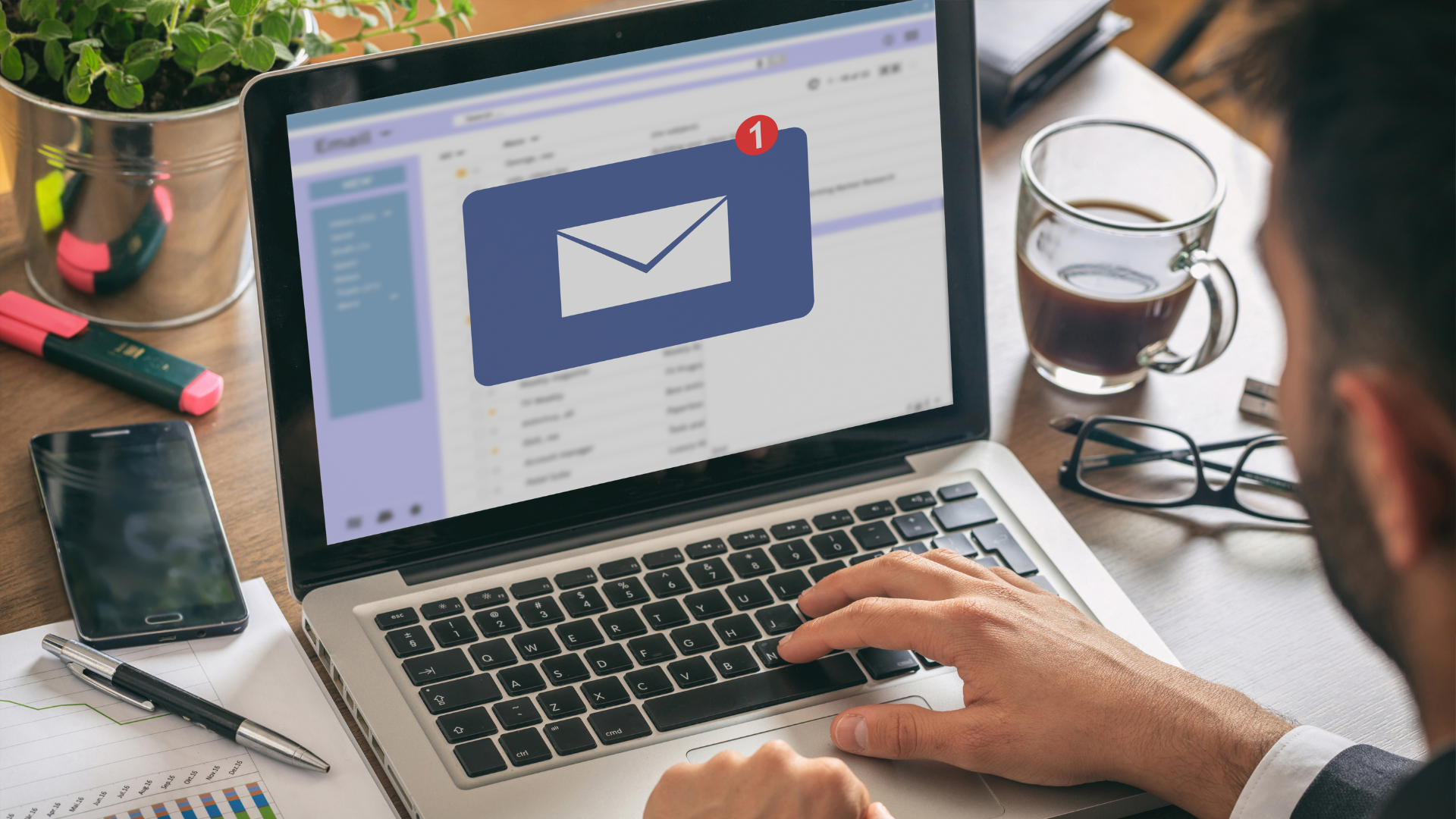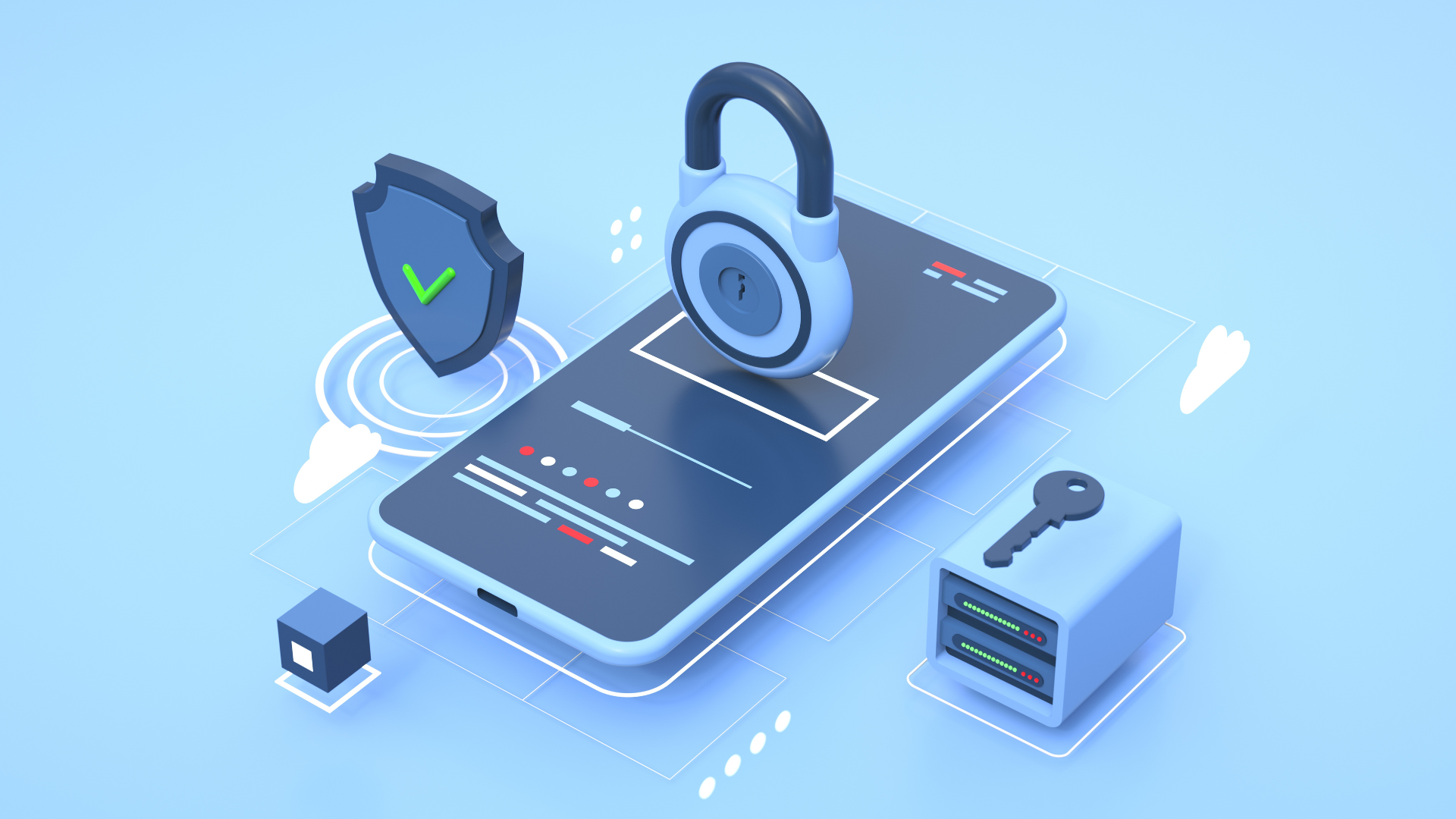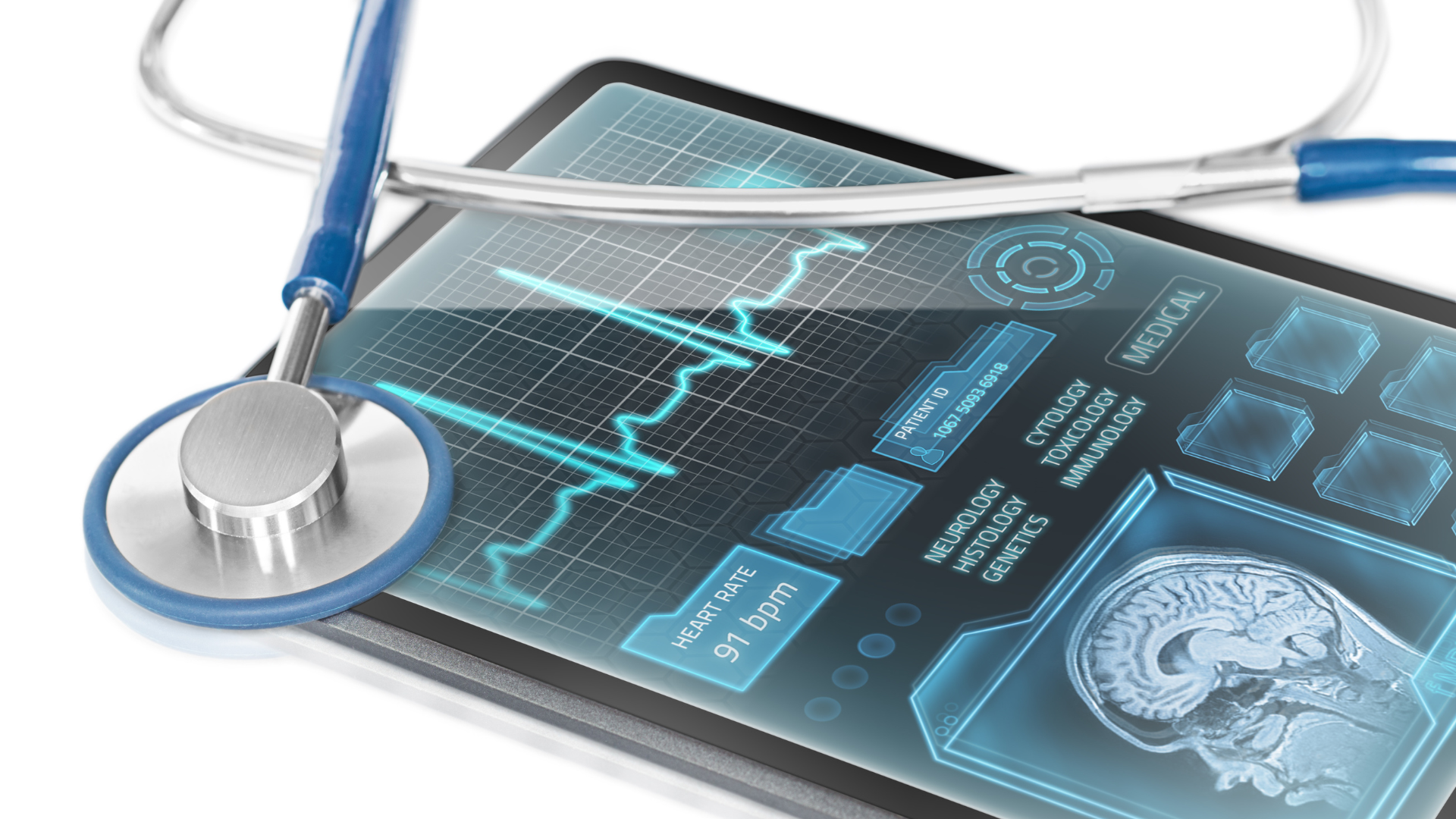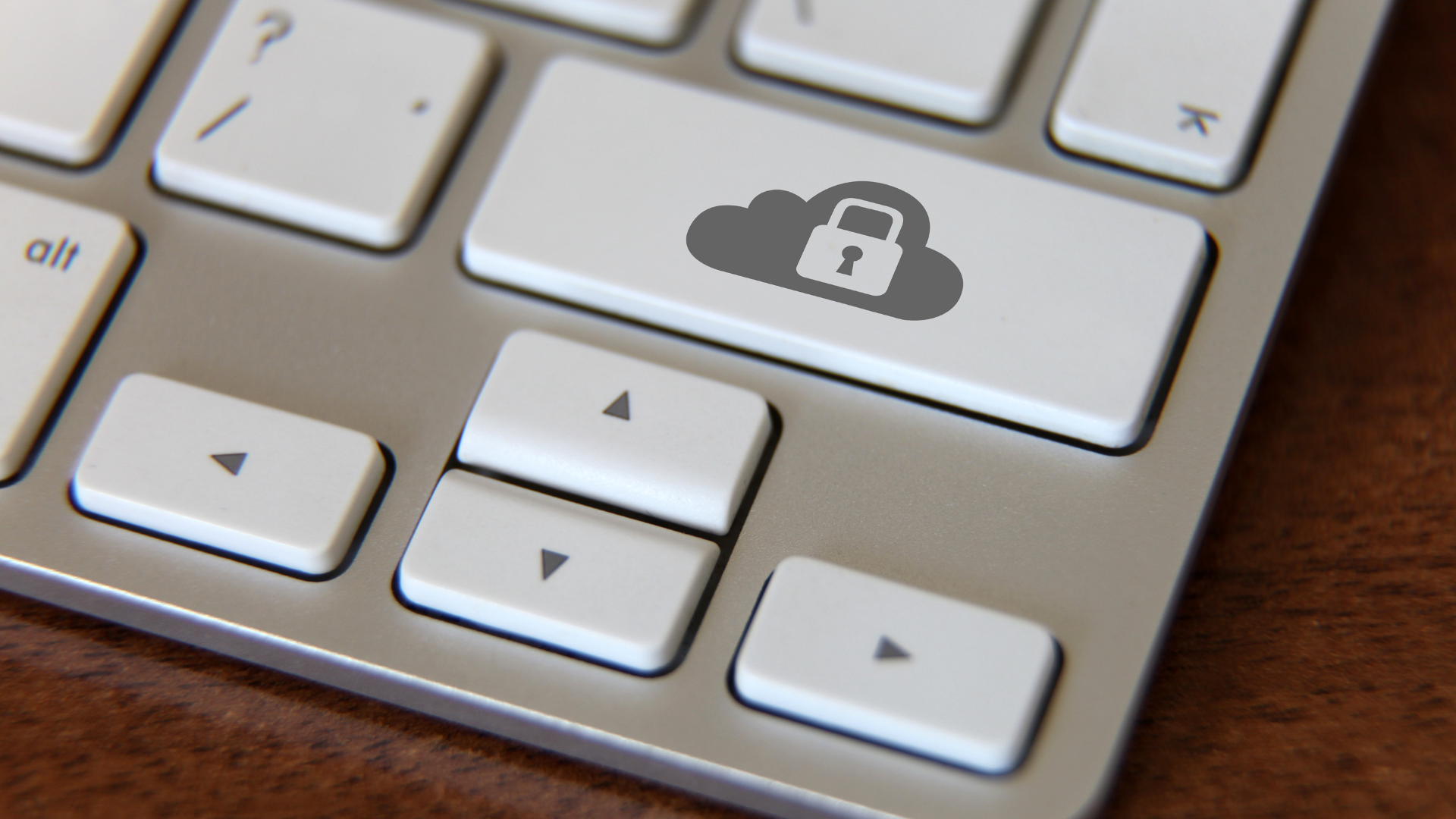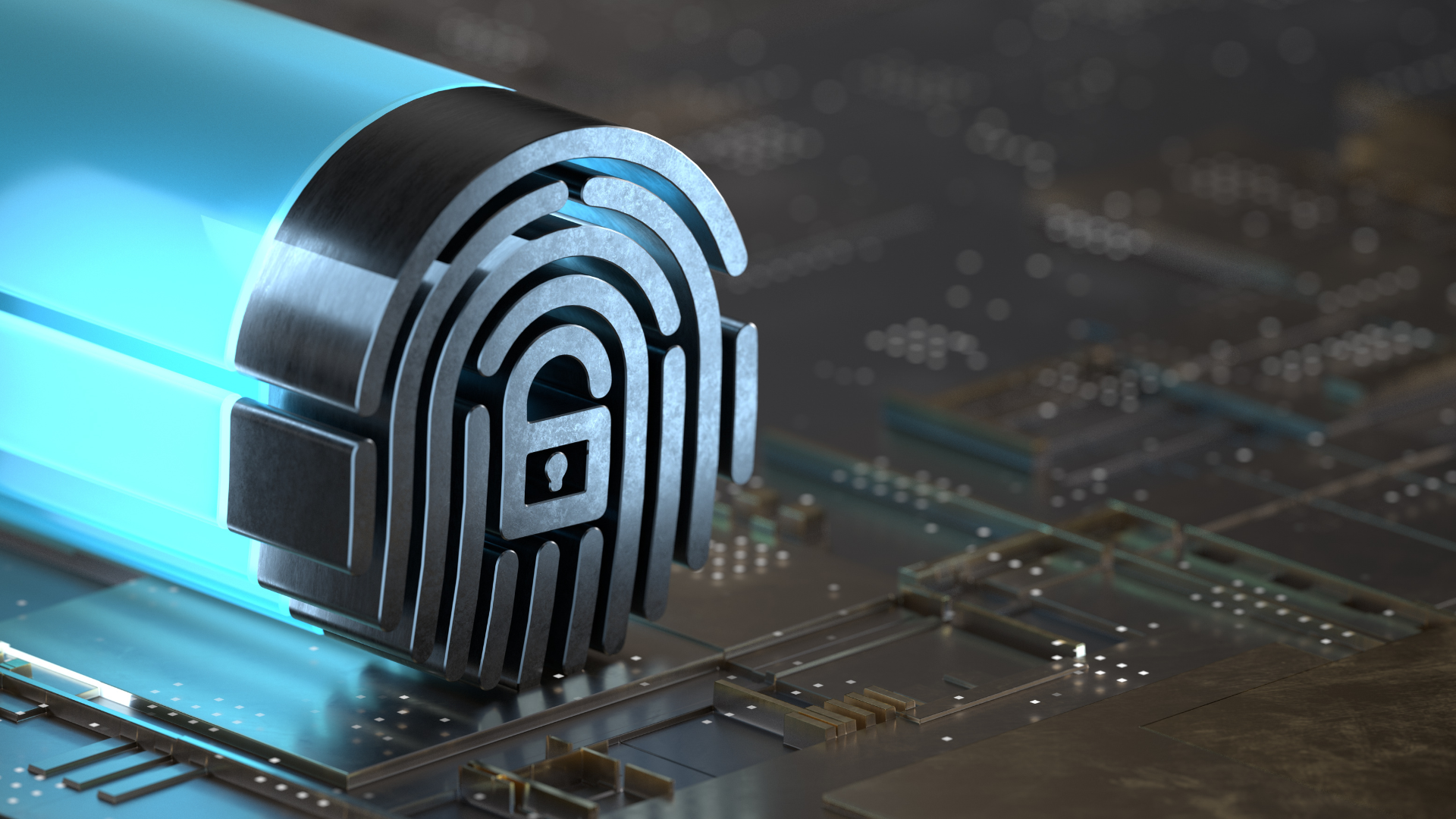How to Recover from a Ransomware Attack
The healthcare sector is one of the most common victims of ransomware attacks, followed by legal services and governmental agencies. An average ransomware attack costs $1.85 million to recover from, according to British cybersecurity company Sophos.
If your medical practice has already been attacked by ransomware, it’s important to first determine the scale of the attack and then take action accordingly. You need to act fast if your medical practice has just been hit with a ransomware attack.
68 healthcare ransomware incidents were reported worldwide in Q3 from July 1 to September 30 of this year. More than 60 percent of those ransomware attacks targeted healthcare organizations in the United States.
In the end, hackers only care about money, and the most efficient way to get it is to go after your valuable medical data. So, it's necessary to understand how ransomware works and what you can do to recover from an attack and prevent it from happening again.
What Is Ransomware And How Does It Work?
A ransomware attack is a type of cyberattack where a hacker encrypts a victim’s files and demands compensation or “ransom” for the keys to decrypt them, hence its name. The hacker may also threaten to delete all of their data if the victim refuses to pay.
A ransomware attack typically targets a single computer or network of computers and encrypts the files on these computers/networks with a strong, irreversible encryption algorithm.
Cybercriminals, such as ransomware creators, typically use email spam or spear-phishing for this purpose.
To prevent such attacks, a good cybersecurity hygiene routine should be strictly followed. But what if you've already been attacked?
How Can Your Medical Practice Recover From a Ransomware Attack?
After an attack, clinicians wonder how they can get their medical practice up and running again after a prolonged downtime. The answer lies in taking the proper steps immediately following the attack.
Here are tips on how you can recover from a ransomware attack:
Disconnect the Affected Computer from the Network
Isolate the infection to prevent it from spreading further. Then, shut down any open applications to minimize data loss.
The next step is to identify what type of malware you’re dealing with. You can do this by running an antivirus scan on all other computers, devices, and servers on your network.
Examine Whether or Not You Should Pay the Ransom
Should you just pay the ransom? Is it worth it?
If you’re a victim of a ransomware attack, you have to decide whether to pay the ransom or not. The FBI advises that if you do, then it could lead to an increase in attacks because cybercriminals will see it as a lucrative business model.
There is also no guarantee that the hackers will restore your information. Paying the ransom could even make your practice a favorite target if it's seen as unprepared to handle a cyberattack and willing to pay up.
If you decide not to pay, there are ways to recover your data without paying the ransom. This includes restoring data from your backup and using decryption tools. More on this below.
Report the Ransomware Attack
You need to contact the authorities immediately if your medical practice has been compromised. By acting promptly, you may be able to regain access to all your data and resume patient care as soon as possible.
You can help authorities identify the attacker and the reason they chose their targets. This could reduce the probability of other organizations becoming victims of the same attack.
Request assistance from your
local FBI field office, or
submit a tip online. You can also report the incident to the FBI's
Internet Crime Complaint Center (IC3).
Restore From Backup
It’s important to prepare for these kinds of attacks by implementing proper data protection measures.
When it comes to data protection, there is no substitute for external backups. Bringing your systems back online from a backup could be your most viable option.
Make sure that you have properly backed up all patient records and other critical data. In fact, it would be ideal if there were multiple backups.
A
HIPAA-compliant cloud hosting solution is an excellent choice for scalability and cost-effective storage of files.
Use Ransomware Decryption Tools
With the right tools, it’s possible to recover from this type of attack without paying the ransom.
If your IT team is savvy enough to use them, they can help the user recover the encrypted files. You can also protect your devices from a future ransomware attack using these tools.
Keep in mind that if your IT team does not know how to handle ransomware decryption tools, it’s best to refrain from using them and not to provoke the hackers to cause more damage. You should
consult a cybersecurity professional instead.
How to Prevent Another Ransomware Attack?
Ransomware is now being used to attack medical practices and hospitals at an alarming rate. It’s crucial to have a strategy in place to prepare if this cyberattack happens to your organization again.
The following are effective tips on how a medical practice can recover from a ransomware attack and prevent future attacks:
Protect Your Endpoints with EDR
To protect your endpoints like laptops and desktops, you should use an endpoint detection and response (EDR) software.
EDR is used by all kinds of organizations to detect and respond to cyberattacks. It monitors the endpoint devices and networks, detects intrusions, and responds with real-time protection that stops or limits the damage caused by attacks.
EDR helps catch potential attackers before they start a damaging attack on your network. It also allows your IT security team to analyze what caused the attack and how they can prevent it from happening again in the future.
A lot of EDR software also include features such as behavioral analysis, intelligence integration, threat intelligence feeds, and automated incident response tools.
Ask your IT provider to integrate EDR into your practice's cybersecurity solutions if you don’t have one yet.
Set Up a Firewall
A firewall is your clinic’s first line of defense against ransomware attacks. The firewall will monitor all activity in and out of the network and stop any unauthorized access. It also scans for suspicious activity and blocks it before it can do any damage to the system.
If you do not have a firewall, hackers can access your data without any difficulty and steal or modify it without being detected. So you need to make sure that your firewall is strong enough and always up -to -date with the newest security patches.
Setting up a firewall is time-consuming and costly. If done poorly, it can cost you thousands of dollars on HIPAA violations. You can
let cybersecurity experts manage your firewall so you can focus on your core business.
Implement Disaster Recovery
Having a disaster recovery solution in place is vital for protecting your business from events that would otherwise cripple operations or cause irreparable damage. If anything happens, you will have access to all your data and can continue business as usual.
Data backup is a crucial part of disaster recovery. Regularly backing up your sensitive patient records off-site in a secure data center is one of the best ways to prevent ransomware attacks.
Local backups may be sufficient for minor disasters, but off-site backups are necessary to protect your data against major attacks like ransomware.
Strengthen Overall Clinic Security
Cybercriminals are likely to try attacking your clinic's system again after they successfully do it the first time.
This time, you are going to be prepared. Eliminate weak spots that they can possibly exploit by boosting your clinic’s overall security with the following:
- Cloud antivirus that’s lightweight and always updated to detect the latest malware.
- Multi-factor authentication (MFA) to add an extra layer of security every time a user attempts to access an account or device.
- Dark web monitoring to find out if your data is sold on the black market via dark web channels.
- 24/7 IT support to proactively monitor your entire system and help you whenever you need IT-related assistance anytime.
Require Your Entire Organization to Only Use HIPAA-Compliant Tools
Since medical professionals share sensitive information, it is imperative to use HIPAA-compliant tools. Your entire staff needs to comply, not just a few individuals.
This doesn't have to be a difficult task. There are plenty of HIPAA-compliant tools available that anyone in your clinic can use. Your IT team can also block non-compliant tools from being downloaded and used.
This ensures the safety and confidentiality of your patients data while also preventing another ransomware attack.
Conduct Cybersecurity Training to All Employees
A ransomware attack has made it clear to everyone that cybersecurity training is a must.
Employees need to know how to identify security breaches and other threats, how to report them, and what actions the organization can take in response.
Adding a series of simulated phishing campaigns is a great way to test your employees’ ability to identify threats. Simulated phishing attacks involve the creation of a phishing email, but with harmless content instead of any sensitive data.
Partner With Cybersecurity Experts Focused on Healthcare
It is not a secret that the healthcare industry is one of the most targeted industries for ransomware attacks. That’s why we need to do our best to prevent one from happening in practice. The right partner can help us achieve this goal.
It’s highly recommended to partner with IT specialists focused on healthcare. Technology within the industry is advancing at an extraordinary rate. Providers are dealing with ever-increasing amounts of challenges and must also navigate new regulations for data protection, compliance, and security.
Because they are specialized in your field, these experts understand your unique needs like HIPAA compliance.
A partnership with
healthcare cybersecurity experts greatly reduces risks, avoids financial losses, and maintains patients' trust in your practice.
ER Tech Pros Can Help You Fight Ransomware
If you're reading this, there's a chance that your medical practice has been attacked by ransomware. ER Tech Pros can offer immediate assistance.
Our team has helped many practices just like yours recover from a ransomware attack. We can help you get back up and running and prevent another attack from happening.
If you haven't been affected by ransomware but need protection from it, speak with one of our experts to enhance your security.
It can be overwhelming to handle your clinic's day-to-day operations while also making sure that you’re constantly protected against ransomware. Yet, these steps are essential for your organization's security.
We can conduct a free assessment of your entire infrastructure to identify vulnerabilities to prevent ransomware attacks from disrupting your clinic operations.
Search Articles
Healthcare & Tech Articles

ER Tech Pros is a managed service provider (MSP) that specializes in catering to the IT needs of businesses across the globe. We have offices in Sacramento and the Greater Fresno area.
We use our cutting-edge technology, extensive experience, and global team of technology experts to ensure your IT network is in its most secure and optimal state.
We focus on your IT so you can focus on growing your company.
8795 Folsom Blvd, Ste 205
Sacramento, CA 95826
1501 Howard Rd, Ste 2
Madera, CA 93637
(855) ER-TECH-1 / (855) 378-3241
info@ertech.io
Resources
Search this Site
ERTech Pros | All Rights Reserved.






